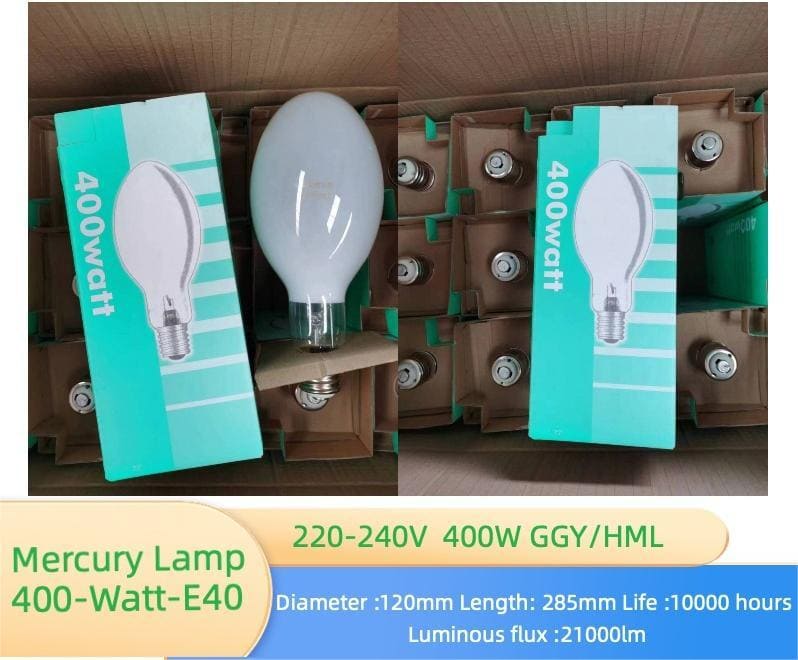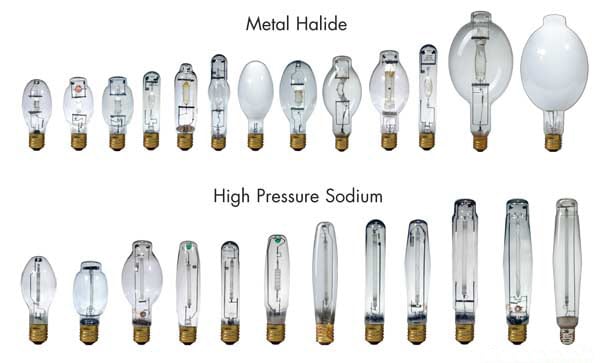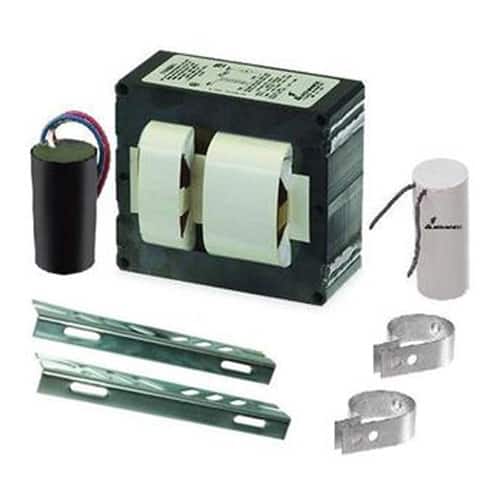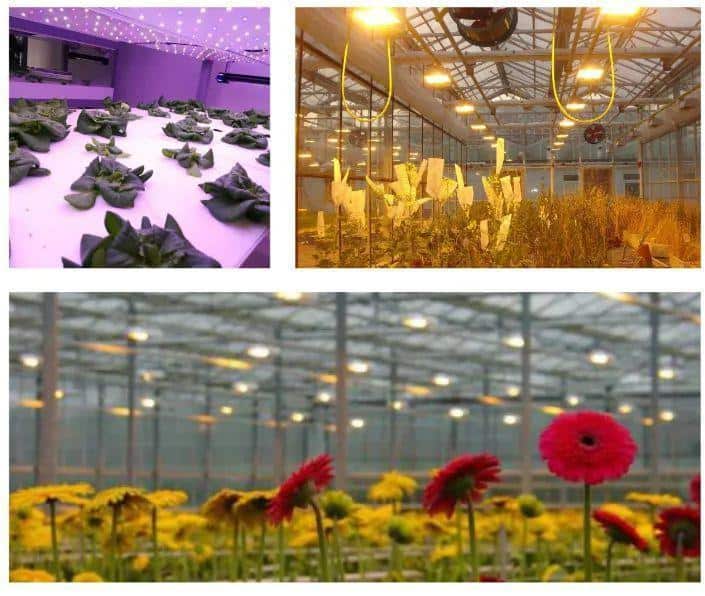Vapor lamps are a type of gas-discharge lighting that have been used for decades in different industries. They are known for their energy efficiency, long lifespan, and ability to produce a lot of light, making them great for outdoor and industrial applications. However, many people don’t know how they work or the different types, which means they may be missing out on a great lighting solution.
Vapor lamps are a type of gas-discharge lighting that produce light by passing an electric arc through vaporized gas, like mercury or sodium. This process allows them to produce bright, consistent light that is great for large areas or places that need a lot of light for a long time.

Types of Vapor Lamps
There are several types of vapor lamps, each designed to meet specific lighting needs. The most common types are mercury vapor lamps and sodium vapor lamps, both of which are used in a variety of settings, including street lighting, industrial lighting, and large outdoor spaces.
- Mercury Vapor Lamps: These lamps operate by creating an electric arc through vaporized mercury. They produce a bright, bluish-white light that is often used in outdoor settings such as street lighting, parking lots, and sports arenas. Mercury vapor lamps have been a popular choice for many years due to their high intensity and durability. However, one of their limitations is their relatively poor color rendering, which can make certain objects appear distorted in color.
- Sodium Vapor Lamps: Sodium vapor lamps are divided into two categories: low-pressure and high-pressure sodium lamps. Low-pressure sodium lamps emit a yellow-orange light and are extremely efficient, but they offer very poor color rendering, making them unsuitable for environments where color differentiation is important. High-pressure sodium lamps, on the other hand, produce a broader spectrum of light while maintaining excellent energy efficiency. These lamps are most commonly used for street and highway lighting due to their long lifespan and ability to provide intense, focused illumination.
These types of vapor lamps, especially sodium vapor lamps, are favored for their ability to cover large areas with bright light, making them essential in outdoor and industrial environments.

How Do Vapor Lamps Work?
The principle behind vapor lamps is relatively straightforward. Vapor lamps contain a gas-filled tube, often filled with vaporized elements such as mercury, sodium, or metal halides. When an electrical current is passed through the vapor, it excites the gas atoms, causing them to release photons (light particles). The gas inside the tube determines the color and intensity of the light produced.
For example, mercury vapor lamps emit a bluish-white light, while sodium vapor lamps produce a yellow-orange glow. To start the lamp, a high voltage is required to initiate the electric arc, which ionizes the vapor inside the tube. Once the arc is established, the lamp operates at a lower, steady voltage, producing a stable light output. A ballast is used to regulate the current and ensure that the lamp receives the correct voltage throughout its operation. Without this regulation, the lamp could overheat and fail prematurely.

Common Applications of Vapor Lamps
Vapor lamps are widely used in applications that require powerful, long-lasting illumination. Their ability to produce bright light over large areas makes them ideal for a range of environments:
- Street and Highway Lighting: Sodium vapor lamps are the go-to choice for street and highway lighting around the world. Their high energy efficiency and long lifespan make them particularly suited to applications where lighting needs to run continuously for extended periods. High-pressure sodium lamps, in particular, are widely used for roadway lighting because they provide excellent visibility, even in foggy or rainy conditions, and require less energy compared to other lighting options.
- Industrial and Warehouse Lighting: In industrial settings, such as factories, warehouses, and large workshops, mercury vapor and metal halide lamps are commonly used. These environments require bright, consistent light to ensure safety and productivity, especially in areas where machinery is operated or products are inspected. The high lumen output and durability of vapor lamps make them ideal for such applications. Furthermore, vapor lamps can cover vast areas with fewer fixtures, reducing the overall cost of installation and maintenance.
- Outdoor Sports and Stadium Lighting: Vapor lamps, especially mercury vapor and metal halide lamps, are often used in sports arenas and stadiums. Their high-intensity light ensures that both players and spectators have clear visibility, even during night games or in large venues. These lamps also provide a consistent light source, which is crucial for professional sporting events that are often broadcasted.

Advantages of Using Vapor Lamps
Vapor lamps offer several advantages that make them a preferred choice in many large-scale lighting applications:
- Energy Efficiency: One of the biggest benefits of vapor lamps is their energy efficiency. High-pressure sodium vapor lamps, in particular, offer high luminous efficacy, meaning they produce more light per unit of energy consumed. This makes them a cost-effective choice for cities, municipalities, and businesses looking to reduce energy costs over time.
- Long Lifespan: Vapor lamps are designed to last for several thousand hours, reducing the need for frequent replacements. In street lighting and industrial settings, this long lifespan translates to lower maintenance costs and fewer disruptions due to lamp failures. High-pressure sodium lamps, for example, can last up to 24,000 hours or more, making them one of the longest-lasting lighting options available.
- High Intensity and Coverage: Vapor lamps are known for their ability to cover large areas with bright, intense light. This is especially important in outdoor or industrial applications where lighting needs to be spread over a wide area, such as in parking lots, highways, or warehouses. The powerful output of vapor lamps ensures that fewer fixtures are needed to achieve the desired lighting levels, further reducing installation costs.

Disadvantages and Limitations
Despite their many advantages, vapor lamps do have some drawbacks:
- Color Rendering: One of the main limitations of vapor lamps, especially low-pressure sodium lamps, is their poor color rendering. The yellow-orange light produced by sodium vapor lamps can make it difficult to distinguish between different colors, which is why they are not used in settings where accurate color perception is necessary. In contrast, mercury vapor lamps and metal halide lamps offer better color rendering but still fall short compared to modern LED lighting.
- Warm-Up Time: Vapor lamps typically require a warm-up period before reaching full brightness. Depending on the type of lamp, this warm-up time can range from a few minutes to over ten minutes. This can be a drawback in situations where instant lighting is required, such as emergency lighting systems or motion-activated lighting.
- Environmental Concerns: Mercury vapor lamps contain mercury, which is a hazardous material that can be harmful to both human health and the environment if not disposed of properly. As a result, many regions have started phasing out mercury vapor lamps in favor of more environmentally friendly options like LEDs.

Future of Vapor Lamps and Alternatives
As lighting technology advances, many applications of vapor lamps are being replaced with more efficient alternatives, particularly LEDs. LED (Light Emitting Diode) technology offers several advantages over vapor lamps, including instant-on capability, better color rendering, and even greater energy efficiency. LEDs also have a longer lifespan and are free of hazardous materials, making them a more environmentally friendly option.
That said, vapor lamps still hold a place in specific applications where their unique properties, such as high-intensity lighting and long lifespan, are valued. For example, high-pressure sodium lamps remain a popular choice for street lighting in many parts of the world due to their unmatched efficiency and cost-effectiveness. In industrial settings, metal halide vapor lamps continue to be used where powerful illumination is required.

Final Words:
Vapor lamps are an important lighting technology that have been used for outdoor, industrial and large-area lighting for a long time. They are a popular choice because they are efficient, long-lasting, and produce a lot of light that can cover a large area.
While newer technologies like LEDs are starting to replace vapor lamps in some applications, they are still a reliable, cost-effective lighting solution for environments where you need a lot of light for a long time.
